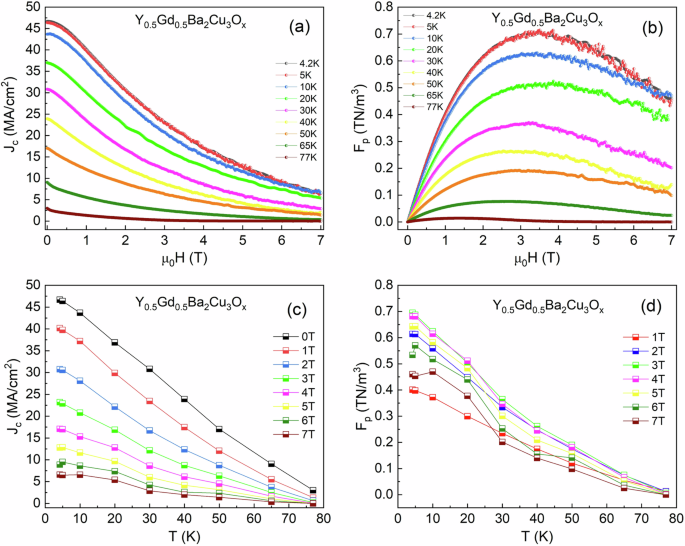2024-08-07 ノースカロライナ州立大学(NCState)
<関連情報>
- https://news.ncsu.edu/2024/08/amphibious-sensors/
- https://pubs.rsc.org/en/content/articlelanding/2024/mh/d4mh00757c
カプセル化された伸縮可能な水陸両用ひずみセンサー Encapsulated stretchable amphibious strain sensors
Shuang Wu, Doyun Kim, Xiaoqi Tang,Martin W. King and Yong Zhu
Materials Horizons Published:01 Aug 2024
DOI:https://doi.org/10.1039/D4MH00757C
Abstract
Soft and stretchable strain sensors have found wide applications in health monitoring, motion tracking, and robotic sensing. There is a growing demand for strain sensors in amphibious environments, such as implantable sensors, wearable sensors for swimmers/divers, and underwater robotic sensors. However, developing a sensitive, stretchable, and robust amphibious strain sensor remains challenging. This work presents an encapsulated stretchable amphibious strain sensor. The conductive layer, made of silver nanowires embedded below the surface of polydimethylsiloxane, was sandwiched by two layers of thermoplastic polyurethane. Periodic sharp cuts were introduced to change the direction of flow from across the sensor to along the conductive path defined by the opening cracks. The crack advancing and opening is controlled by a unique combination of weak/strong interfaces within the sandwich structure. The cut design and the interfacial interactions between the layers were investigated. The strain sensor exhibited a high gauge factor up to 289, a linear sensing response, a fast response time (53 ms), excellent robustness against over-strain, and stability after 16 000 loading cycles and 20 days in an aqueous saline solution. The functionality of this amphibious strain sensor was demonstrated by tracking the motion of a robotic fish, undertaking language recognition underwater, and monitoring the blood pressure of a porcine aorta. This illustrates the promising potential for this strain sensor for both underwater use and surgically implantable applications.




